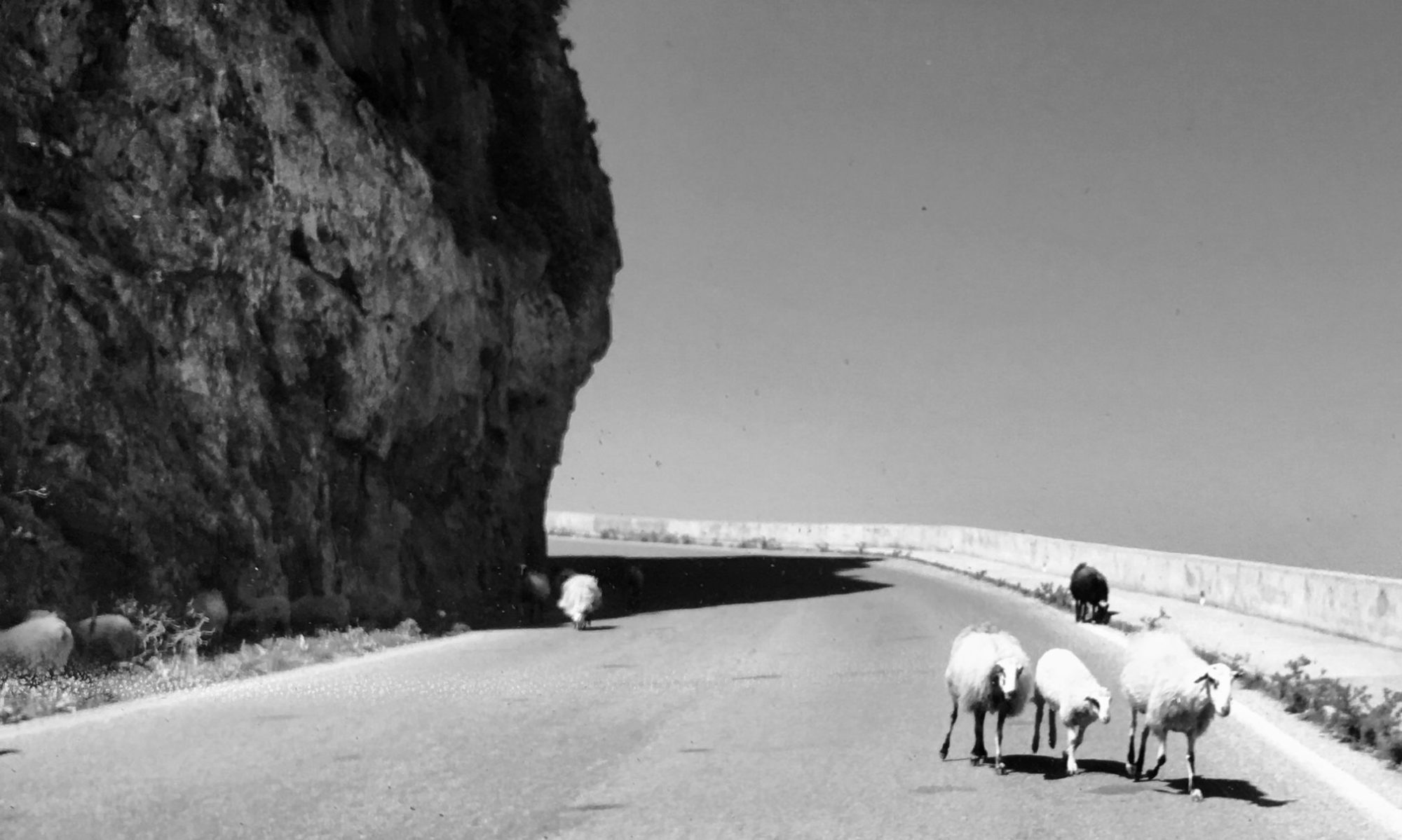The Habenula, is an area of our brains close to the pineal gland, that is involved in pain processing, reproductive behaviour, nutrition, sleep-wake cycles and stress responses, among other things1. A professor I used to know always said the Habenula was the Master of the Brain… and, indeed, recent research has provided evidence that this tiny bundle of nerves is able to produce Dimethyltryptamine (DMT), a psychedelic drug, “cousin” to the famous LySergic acid Diethylamide (LSD).
DMT is internally bio-synthesized by the enzymes Aromatic-L-Amino acid DeCarboxylase (AADC) and Indolethylamine-N-Methyltransferase (INMT). Dean and colleagues2 were able to identify INMT messenger RNA in human tissues, by using a RNAscope in situ assay system; a highly sensitive technique, which proved for the first time a clear-cut identification of DMT and its enzymes in human brain.
Outstanding, was the discovery that there was a significant increase of DMT levels in the rat brain after stimulation of experimental cardiac arrest; showing for the first time, that the brain is capable of synthesizing and releasing DMT under stress.
This ultimately raises the possibility that this phenomenon may also occur in human brains, when we experience situations of extreme stress. The researchers attest that the cardiac arrest-induced increase of DMT may be related to “near-death experiences”, as reported by Timmermann and collegues3. This group recently reported that human subjects given exogenous DMT, experienced “near-death”-like mental states, including the subjective feeling of transcending one’s body and entering an alternative realm, perceiving and communicating with ‘entities’, and themes related to death and dying.
It’s unbelievable that the more we know about how our body and brain functions, the more I realize that our mind is a construction of our organic biological nature.
What we sometimes perceive as a mystical experience is probably just rooted in an organic mechanism that is tricking our minds into a “trip”.

References:
1. Namboodiri VM, Rodriguez-Romaguera J and Stuber GD. The habenula. Curr Biol. 2016;26:R873-R877.
2. Jon G. Dean TL, Sean Huff, Ben Sheler, Steven A. Barker, Rick J. Strassman, Michael M. Wang & Jimo Borjigin Biosynthesis and Extracellular Concentrations of N,N-dimethyltryptamine (DMT) in Mammalian Brain. Scientific Reports. 2019;9.
3. Timmermann C, Roseman L, Williams L, Erritzoe D, Martial C, Cassol H, Laureys S, Nutt D and Carhart-Harris R. DMT Models the Near-Death Experience. Front Psychol. 2018;9:1424.
